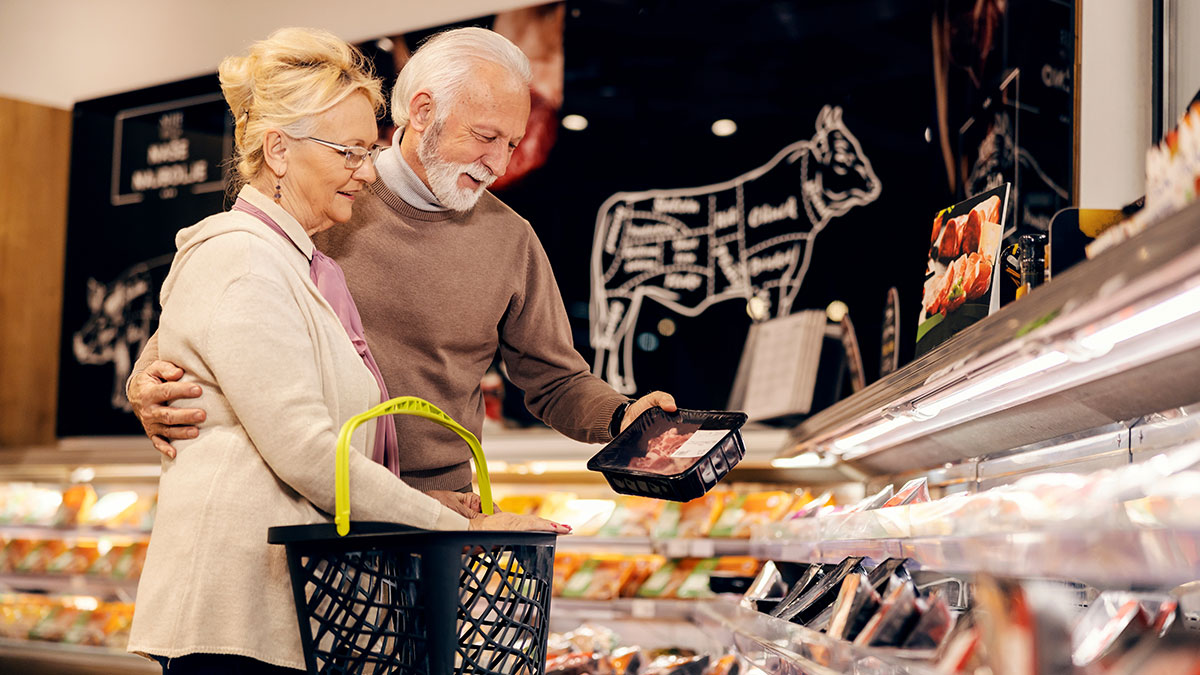By Steve Markenson, Director of Research, Food Marketing Institute

The answer to the question is – let me count the ways.
This year’s U.S. Grocery Shopper Trends report takes a deep dive into the growing world of online shopping and explores how the evolving ecommerce world is changing how Americans shop for food and how that may impact food retailers. On the surface, we know that online shopping is growing. The numbers may vary, but they all point to significant growth. Trends allows us to get below the surface to understand the who, what, how and why of online shopping. Here are a few of the things we learned.
What is the market penetration of online shopping?
While 43% of shoppers have shopped online for groceries in the past year, only about half of those, or 21% of all shoppers, do so on a regular or monthly basis. Some grocery shoppers have been driven to try online shopping by promotions, advertising or even curiosity, only to revert back to their established, preferred habits of in-store food shopping. Only 10% of shoppers are frequent (at least once every two weeks) online shoppers.
It’s a Millennial thing, right?
This year, the growth story is with Gen Xers, who are now shopping online to almost the same extent as Millennials. Also, Gen Zers are coming of shopping age in an online world. As such, they are jumping in with online grocery shopping at levels on par with Millennials. So, no, online grocery shopping is not just a Millennial thing.
Why do online grocery shoppers’ matter?
One reason is online grocery shoppers do a lot of shopping and a lot of shopping around. While the typical shopper will visit about 4.4 retail banners a month, frequent online grocery shoppers visit an average of almost twice as many retailers monthly (8.0). These frequent online shoppers spread their food dollars around and there are a lot of them. Frequent online shoppers are big spenders, paying an average of $167 per week (vs. $114 for all shoppers) for food and groceries. For frequent online shoppers, while 39% of their grocery dollars are spent online, they are still spending an average of $108 per week in-store.
How do online shoppers want to get their groceries?
The “last mile” options for online fulfillment are evolving. Retailers are offering and improving ways they handle order fulfillment to appeal to various shopper needs and desires. This year, we found that more shoppers are choosing click-and-collect/pick-up at the store over same-day delivery. A growing share also leveraging subscribe-and-save models or other types of subscription services.
What are grocery shoppers ordering online?
We have seen changes in the grocery categories shoppers more readily incorporate into their online purchases, but center store categories continue to dominate. These are exactly the sort of categories that lend themselves to shipping, but also where shoppers can trust brands they purchase repeatedly to deliver. Meanwhile, shoppers have shown some resistance to buying fresh (produce, meats, etc.) categories online as they prefer to be able to choose these products. Importantly, though, frequent online shoppers are showing a growing tendency to buy fresh products online, and acceptance of these items seems to be an important precondition for becoming a frequent online shopper.
So, the new answer to the question at hand is let me count all the ways (if I can count that high) online shopping is changing grocery shopping.


 Industry Topics address your specific area of expertise with resources, reports, events and more.
Industry Topics address your specific area of expertise with resources, reports, events and more.
 Our Research covers consumer behavior and retail operation benchmarks so you can make informed business decisions.
Our Research covers consumer behavior and retail operation benchmarks so you can make informed business decisions.
 Events and Education including online and in-person help you advance your food retail career.
Events and Education including online and in-person help you advance your food retail career.
 Food Safety training, resources and guidance that help you create a company food safety culture.
Food Safety training, resources and guidance that help you create a company food safety culture.
 Government Affairs work — federal and state — on the latest food industry policy, regulatory and legislative issues.
Government Affairs work — federal and state — on the latest food industry policy, regulatory and legislative issues.
 Get Involved. From industry awards to newsletters and committees, these resources help you take advantage of your membership.
Get Involved. From industry awards to newsletters and committees, these resources help you take advantage of your membership.
 Best practices, guidance documents, infographics, signage and more for the food industry on the COVID-19 pandemic.
Best practices, guidance documents, infographics, signage and more for the food industry on the COVID-19 pandemic.
